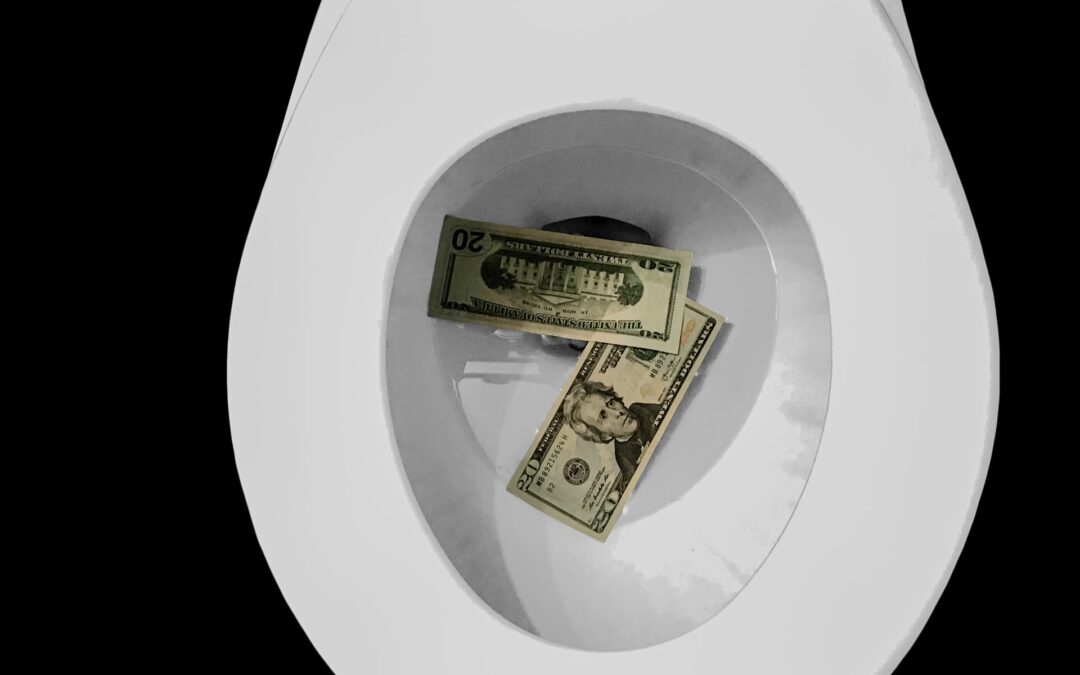Your septic system is one of those necessities you rely on, but don’t really think about. Sure, you know to have the tank pumped every 3-5 years, you’re careful not to dump grease down your drain, and you use ‘septic safe’ toilet paper. What you may not realize, though, is that septic systems have a lifespan of 20-40 years depending on usage. After that they will fail and need to be replaced.
How can I tell if my septic system is failing? Your system will give you some clear indicators as it reaches the old and cranky stage. You might find yourself dealing with constantly backed-up sinks and toilets that are slow to flush, even after having your septic tank pumped out. You may notice an unpleasant stench coming from your drains or your drainage field. Does your drainage field have puddles or standing water? Is the grass patch over the field much greener than the rest of your lawn? If you notice any of these indicators, it’s time to call a professional to inspect your system and determine of you need to have a new one installed.
What will a new septic system cost? A new septic system can carry a hefty price tag. They typically range from $3,000 to $9,700 but can run as high as $15,000. There are a number of factors that can affect the cost. Aside from installation charges and tank size, your installer will need to consider soil type and excavation charges. You should also estimate what it will cost to have your landscaping repaired after the project is finished.
What are my options? When assessing the type of system you’ll need, your professional will consider factors such as the number of people in your household, how close your location is to public waterways, and what local regulations need to be adhered to. Depending on your soil, and the slope of your yard, your installer will probably recommend either a new septic tank and drain field (which may sometimes need an additional pump) or a sand mound system if you have shallow bedrock or high groundwater. Note that sand mounds do need a good amount of space.
Taking cost, durability, and longevity into consideration, it is worth discussing with your installer the most common materials used for septic tanks.
Concrete tanks are massive and costly, but they last for decades, resist damage, and won’t float if the water table is high.
Plastic tanks (poly septic tanks) are lightweight, easy to handle and install, and resist cracking. However, they can be pushed up by groundwater and may sustain damage from heavy objects on the ground above them.
Fiberglass tanks are made from fiber reinforced plastic (FRP). They are lightweight, easy to handle, and stronger than plastic tanks. Like plastic tanks, though, they can be pushed upward by high groundwater.
A final word. Be sure to hire a reputable and experienced professional. A faulty septic system installation can pollute the ground water, cause damage to your home, and negatively affect the future sale of your property.


